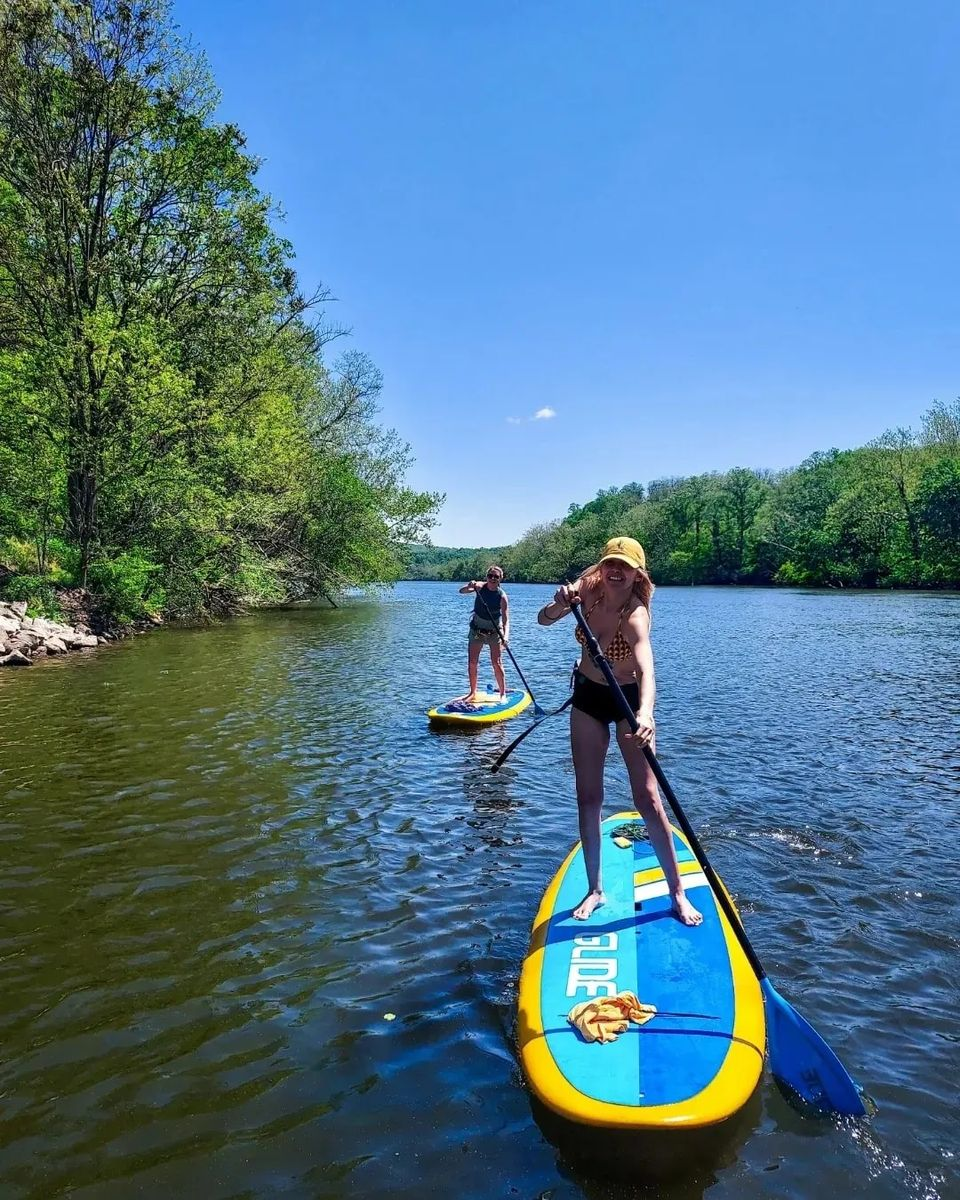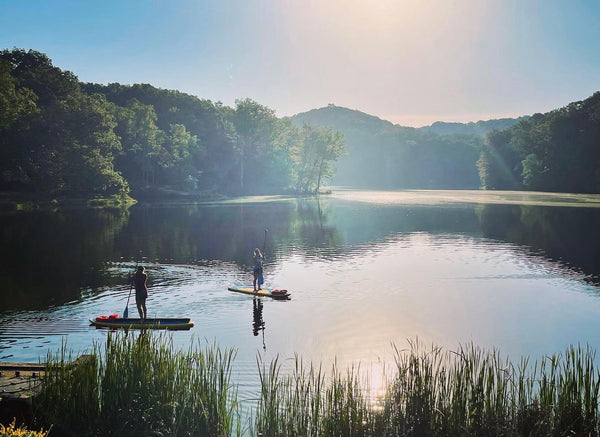
All Things Paddle Board
Embarking on the adventure of stand-up paddleboarding (SUP) introduces you to a world where water becomes your playground. This comprehensive guide is crafted to navigate beginners and seasoned paddlers alike through the essentials of selecting the perfect paddle board. Whether your passion lies in tranquil lake paddles, SUP yoga, coastal surfing, river running, or even SUP fishing, finding the right board is crucial. Stand-up paddleboarding is not just an activity; it's an accessible, family-friendly sport that combines the joy of exploration with a full-body workout.
Ultimate Guide to Choosing Your Perfect Paddle Board
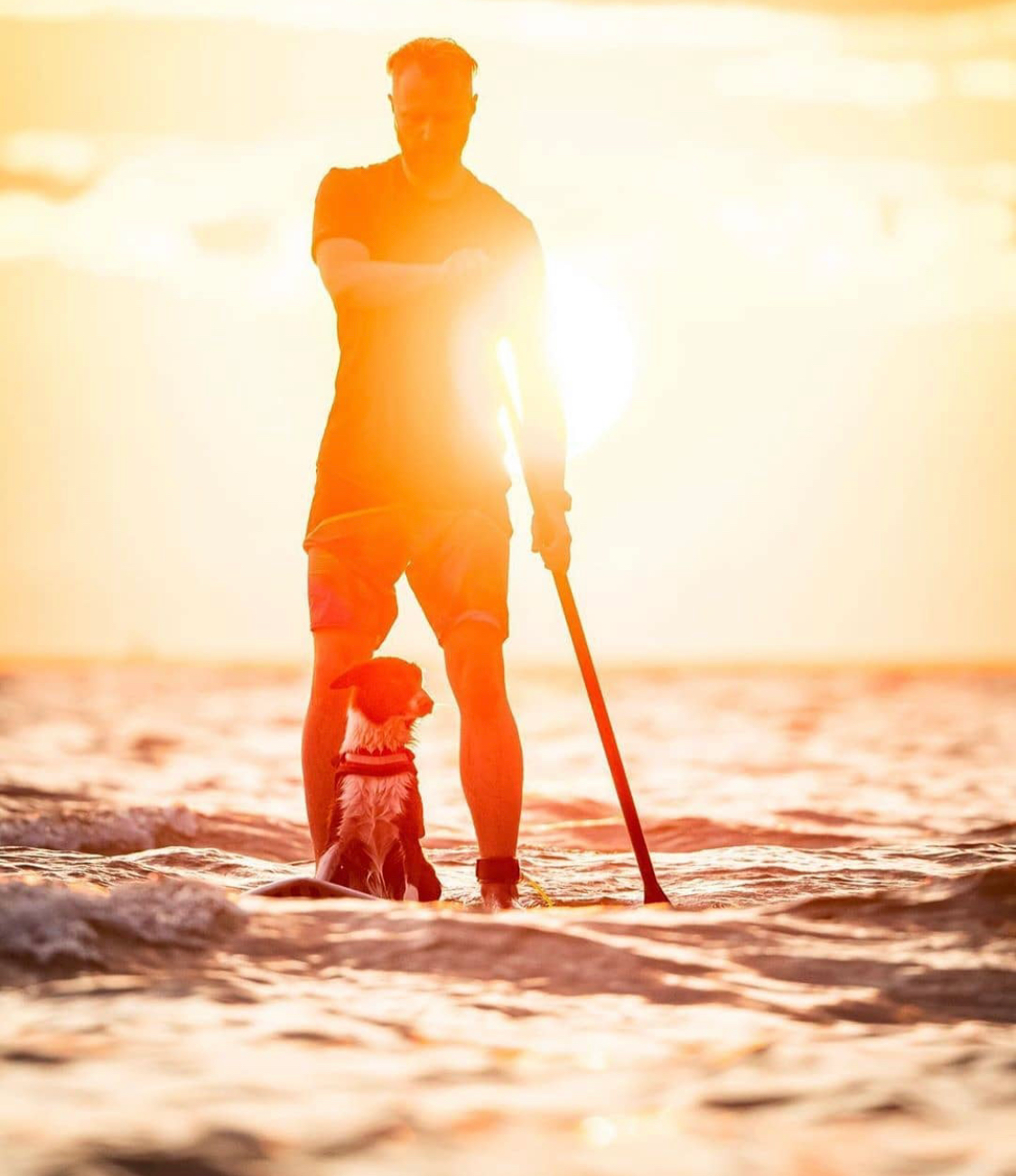
1. How to Select Your Ideal Paddle Board
The journey to finding your ideal paddle board begins with understanding board volume, which directly influences its buoyancy and weight capacity. Most paddlers benefit from a board that supports a weight range of 175 – 250 pounds. Beginners should lean towards boards that are at least 8 feet long, as a longer board typically offers more stability, a key factor for those just starting out.
When considering activities, think about how you plan to use your board. Glide Paddle Sports, known for its high-quality, durable boards, recommends a larger board for SUP yoga enthusiasts or those planning to paddle with a pet. Look for boards that come equipped with attachment points for securing gear, enhancing their utility for a variety of pursuits.
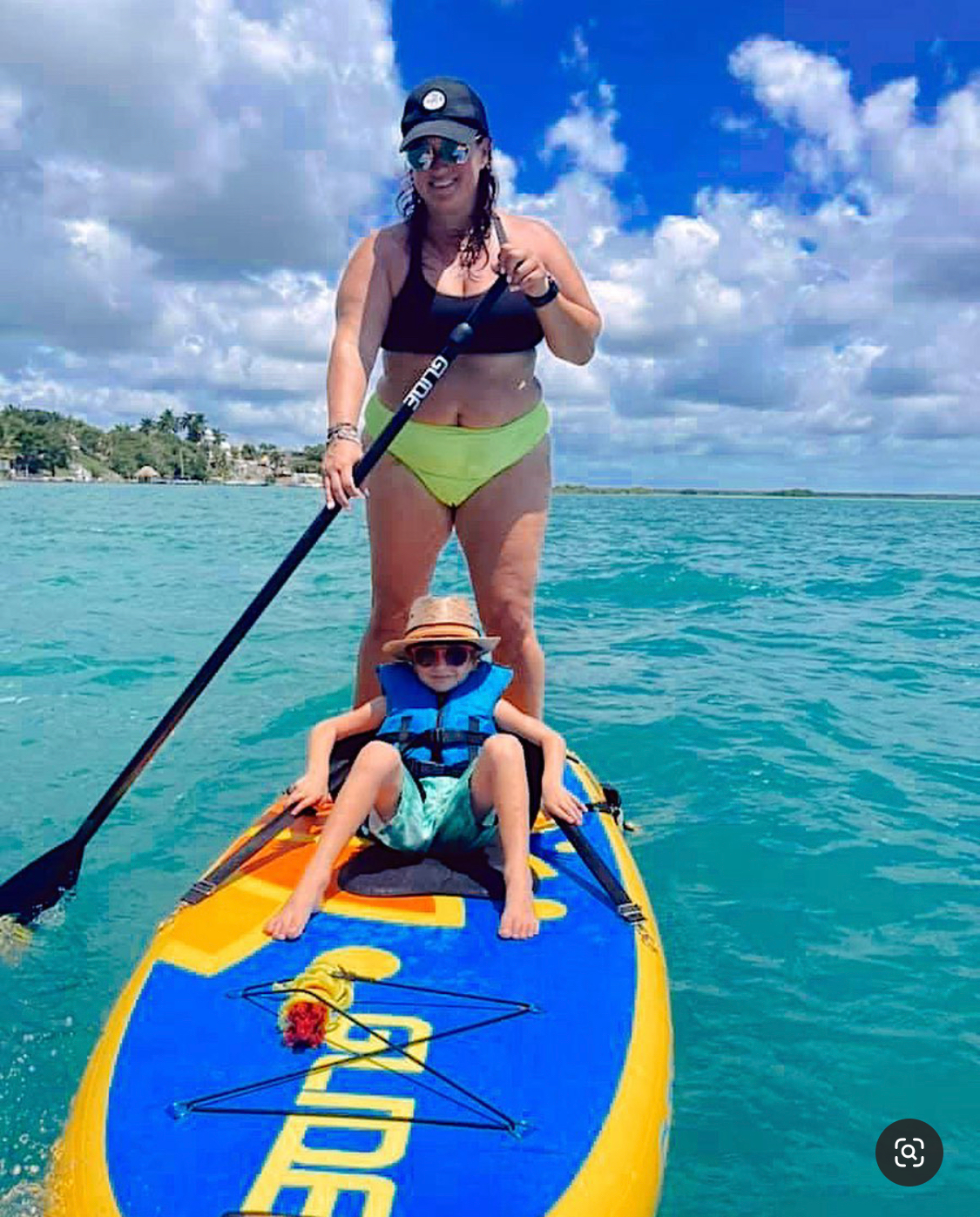
2. Best Paddle Boards for Beginners
A great entry-level option is a ten-foot six-inch board, striking a perfect balance between stability, affordability, and versatility. This size is conducive to a range of activities and often features a full EVA deck pad for added comfort. Glide Paddle Sports offer Retro and Lotus models that cater to beginners, ensuring an enjoyable and safe paddling experience with features such as multiple mount options and easy transport for inflatable boards.
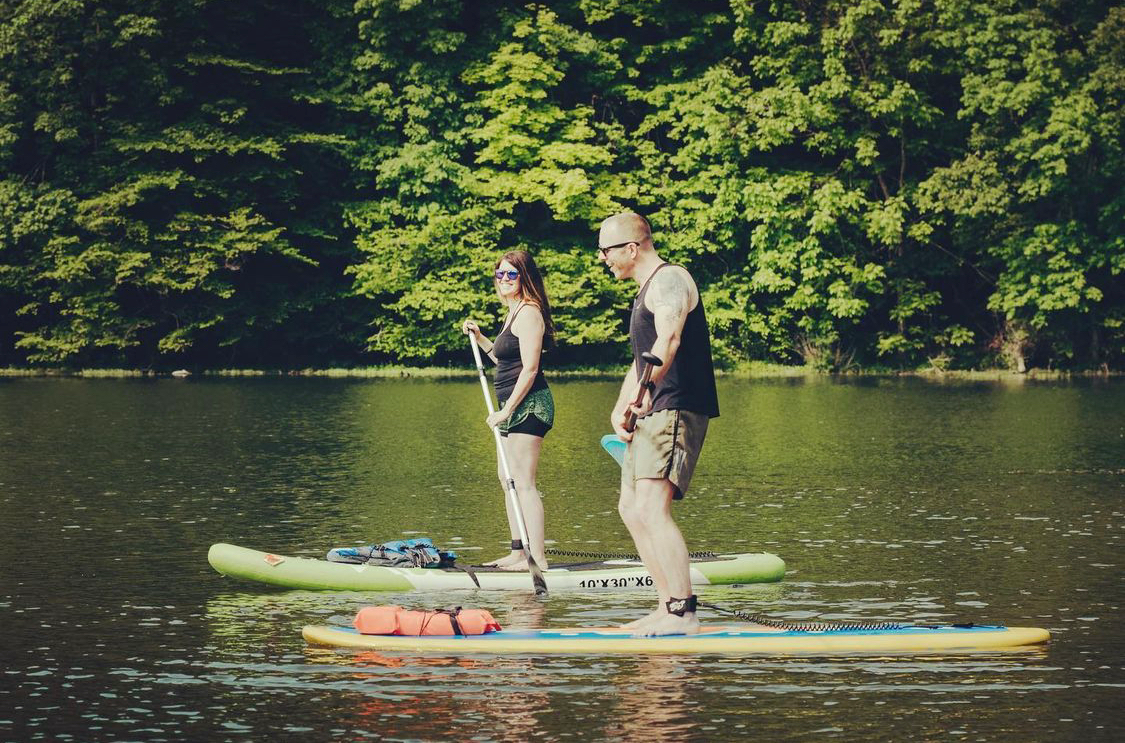
3. Hard Board vs. Inflatable Board
The choice between hard boards and inflatable ones boils down to personal preference and intended use. Inflatable paddle boards are prized for their portability and durability, making them ideal for paddlers on the go. On the other hand, hard boards, like those offered by Glide Paddle Sports, provide superior performance for specific activities such as racing or surfing, thanks to their rigid structure and smooth glide.
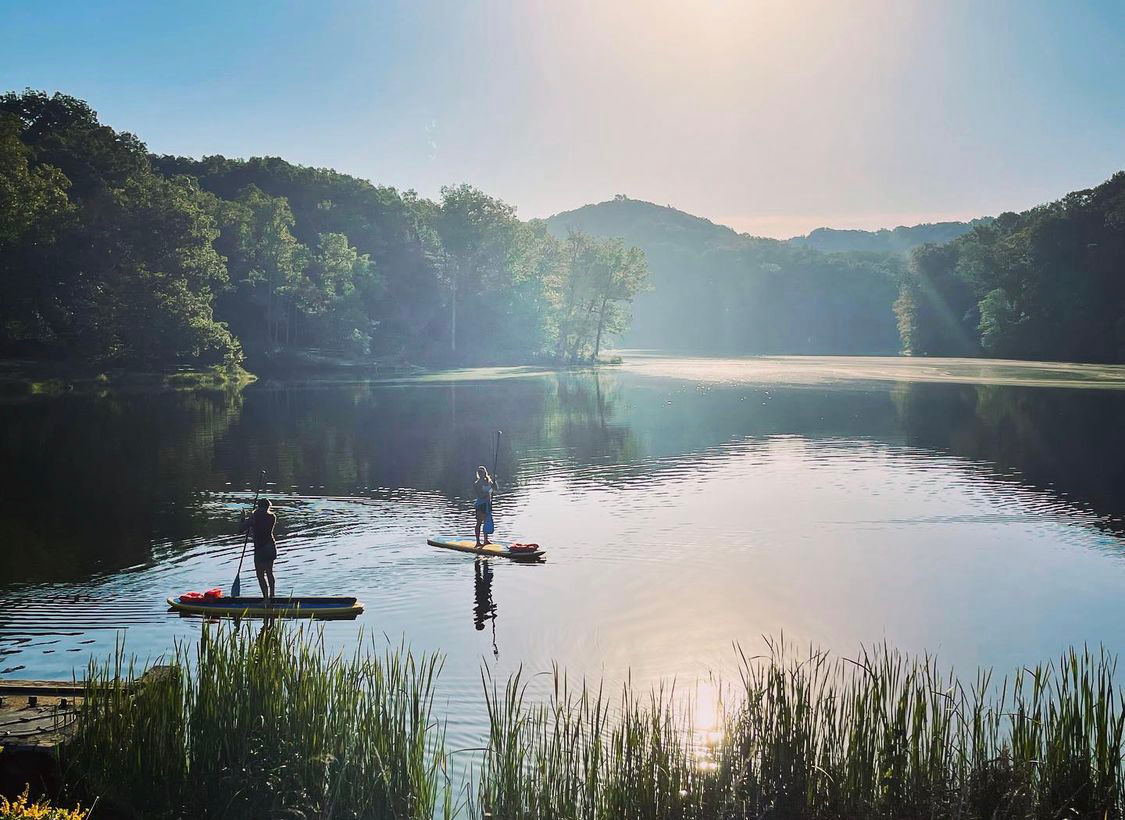
4. Paddle Board Design Considerations
-
Thickness and Width: These dimensions directly impact the board's volume and, consequently, its weight capacity and stability. A thicker, wider board is generally more stable, suitable for yoga or recreational paddling with family and pets.
-
Length and Hull Type: The board's length affects its tracking and speed. Displacement hulls are designed for efficiency and speed, ideal for racing or long-distance touring, while planing hulls offer versatility for surfing and recreational paddling.
-
Fin Setup: Your board's fin configuration can greatly influence its tracking, stability, and maneuverability. Single fin setups are suited for flat water, whereas a 3-fin setup (thruster) enhances control in surf or choppy water.
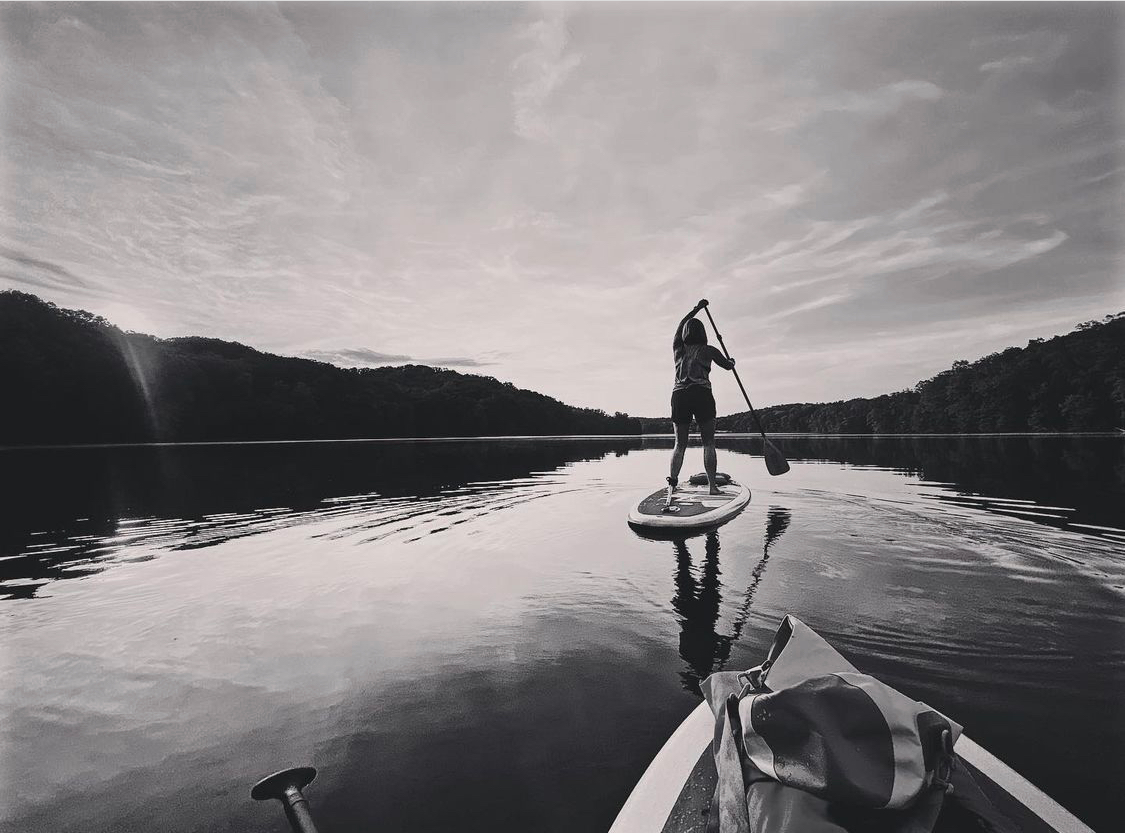
5. Are Inflatable Paddle Boards a Good Investment?
Inflatable paddle boards offer an excellent compromise between durability and convenience. They're easy to transport and store, making them a fantastic option for recreational paddlers. Although enthusiasts seeking peak performance in racing or surfing might prefer the characteristics of a hard board, many find that high-quality inflatables like those made by Glide Paddlesports meet their needs admirably.
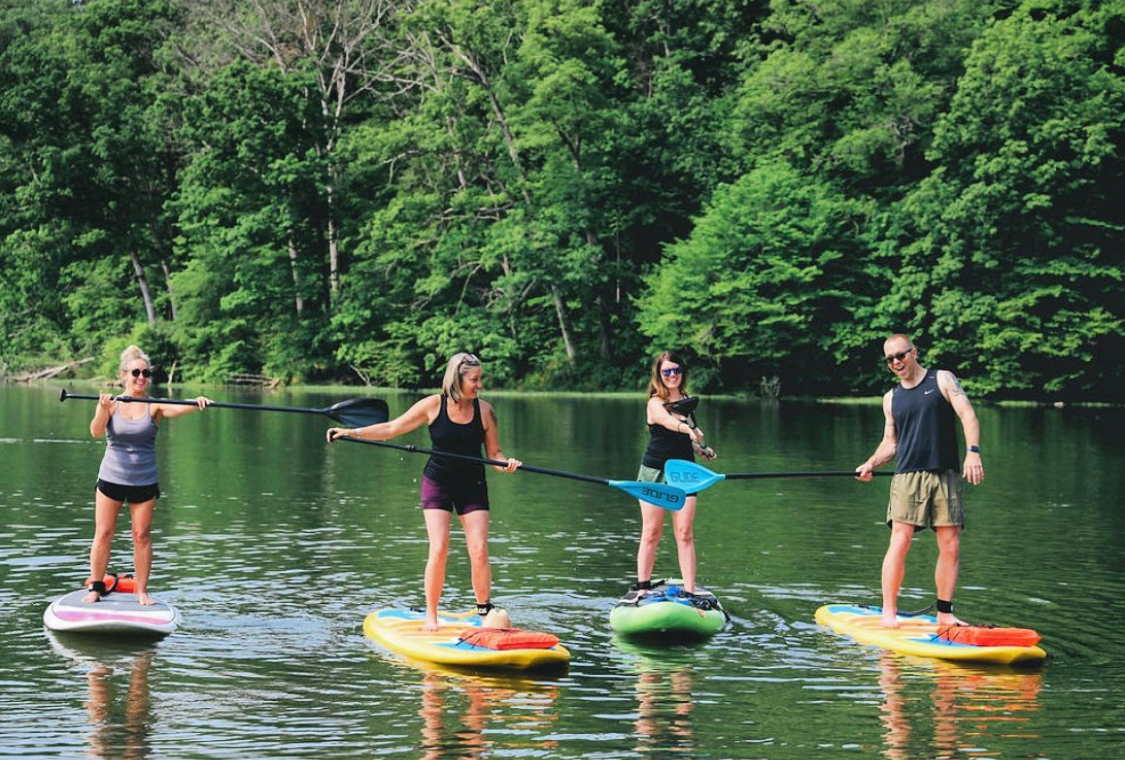
6. Enhancing Your Paddle Boarding Experience
After selecting your board, consider enhancing your paddling experience with key accessories. A Coast Guard-approved personal flotation device (PFD), waterproof dry bags, and appropriate attire for the conditions are essentials for safety and comfort.
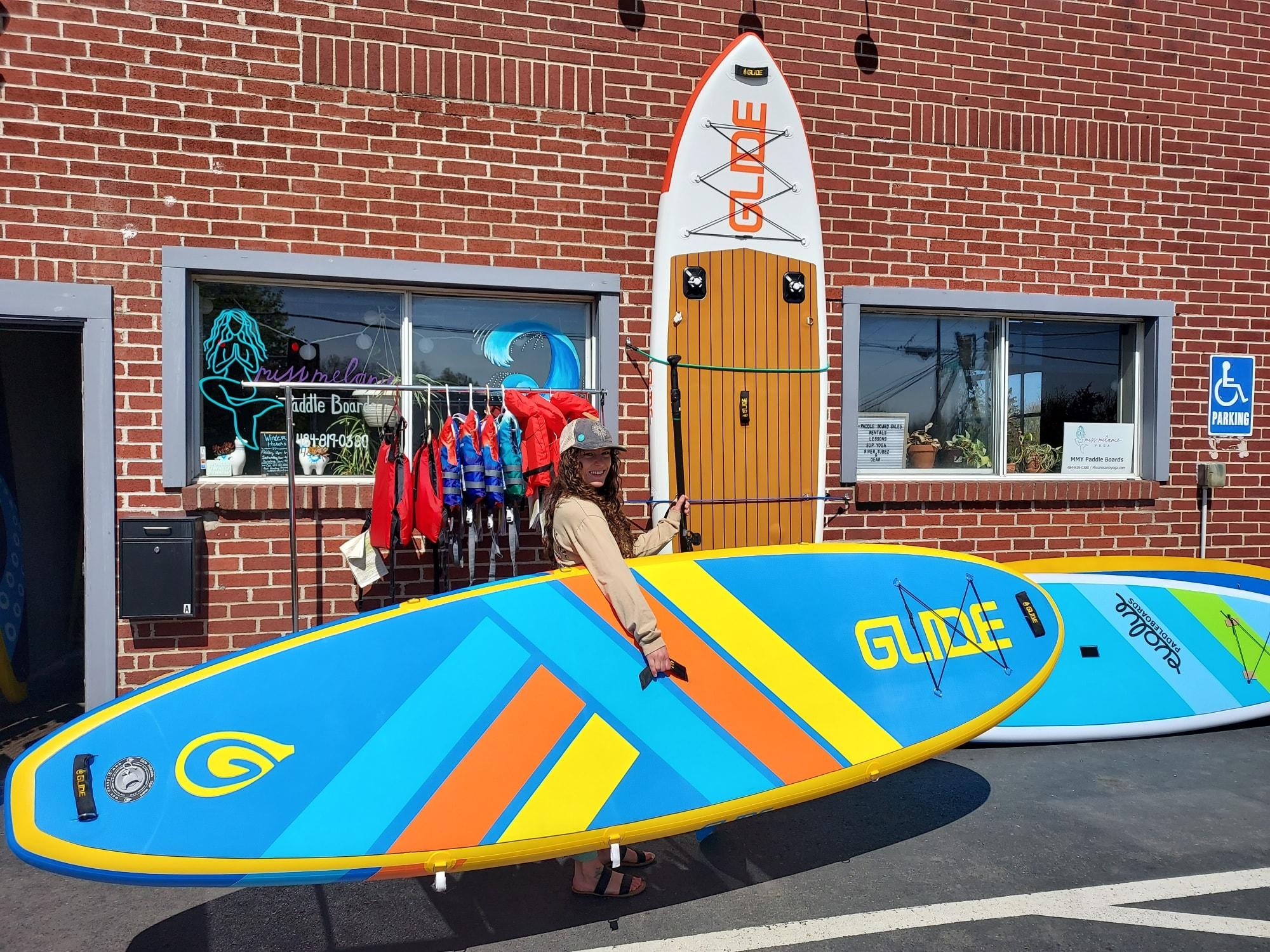
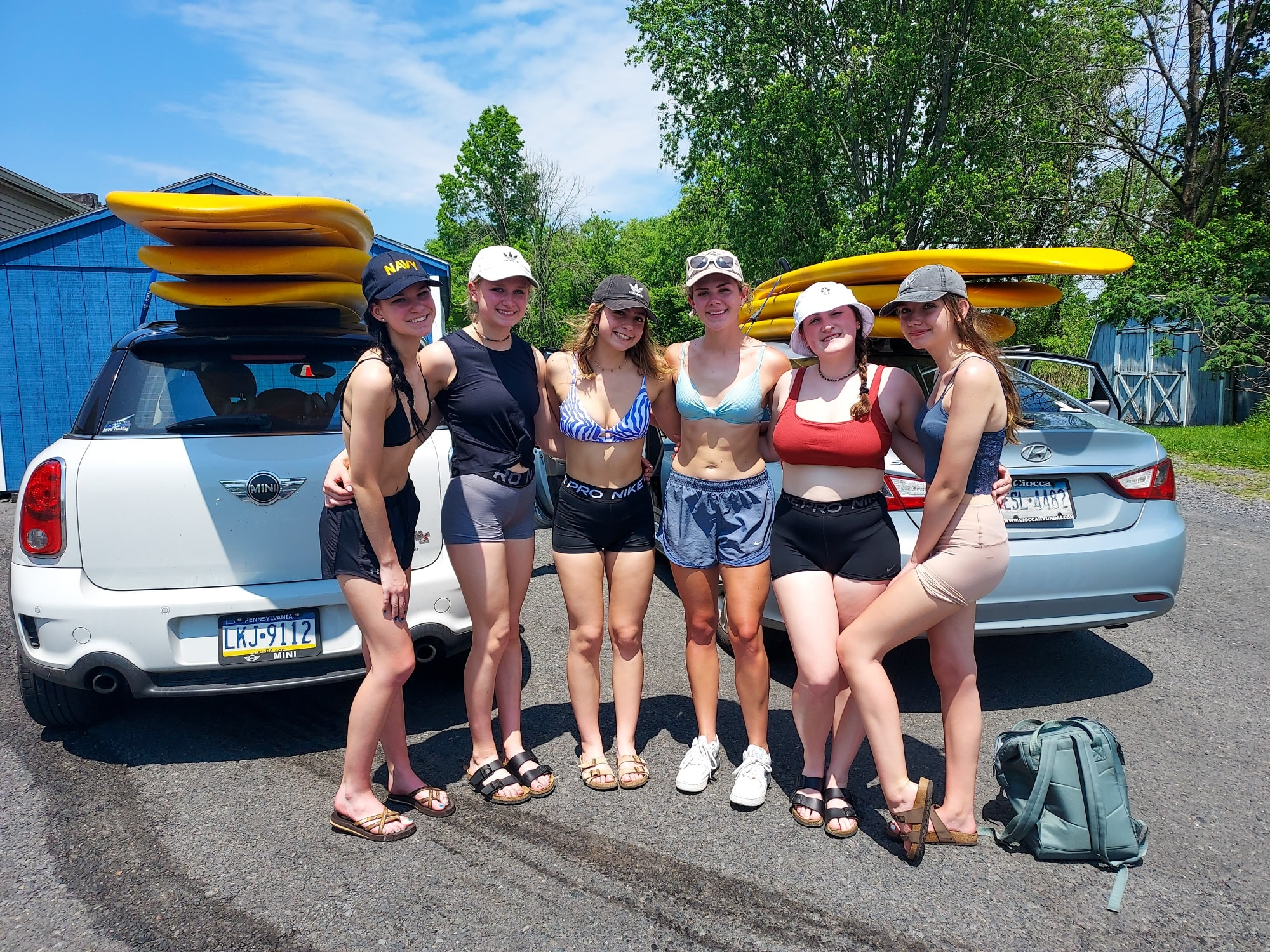
Selecting the right paddle board opens up a realm of possibilities for adventure, fitness, and fun on the water. By considering the factors outlined in this guide, including board type, size, and intended use, you're well on your way to finding a board that not only meets your needs but exceeds your expectations. Glide Paddle Sports stands out as a brand committed to enhancing your paddleboarding experience with quality, innovation, and passion for the sport.
